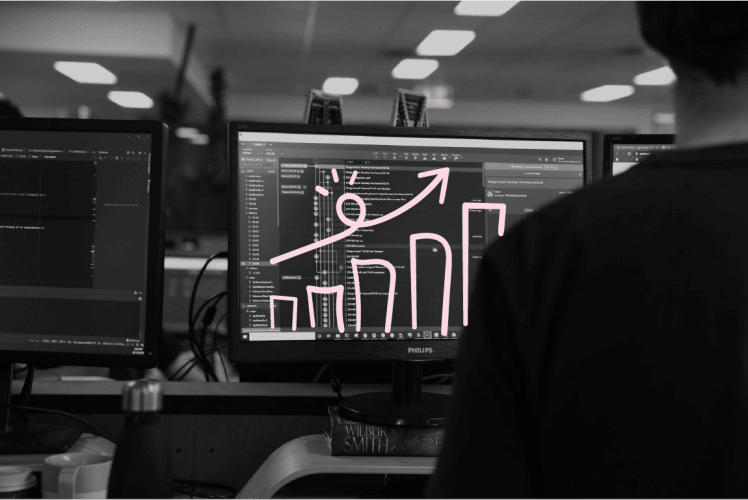
Please note that this blog is archived and outdated. For the most current information click here!
How Cutting-Edge Software Helps Scale Your Business
The Problem With Excel Spreadsheets
Continuing to use excel may actually be hurting your business. By replicating data and manually updating these spreadsheets, you're
increasing manual labour costs. Every time there is a manual data capture, there must be someone inputting that data. Given the 'thrilling'
nature of data input, you'd be hard pressed finding volunteers for the job. Manual labour isn't the only cost businesses must bear.
Inputting the data into excel is generally quite time consuming, meaning it may take weeks for your business to create a critical report.
What happens when your business grows? All the processes you've created in spreadsheets are rendered obsolete and require updating. This
limits your return on investment. Because there are so many (constantly changing) spreadsheets there is no single view of success and you
may not be able to evaluate your company's position accurately. It also caps employee's knowledge to those with access to the data. As I
eluded to earlier, this was the only option for businesses in the past. Software has arisen as an alternative. Due to its flexible nature,
it was only a matter of time before software streamlined the data management process.
Software As A Solution
Software allows the user to automate the process as much as possible. That is, instead of having to manually input data, the software will
do it for you. It allows businesses to create workflows and acts as a single source of truth. You can also leverage the network so that it
crowd captures the businesses data. As a result, you can monitor data on your desktop or mobile instead of having to manually retrieve the
data.
Once you've used the software to generate workflows and document processes, you can utilise it across other areas. For example, you're able
to re-sell your solution (or offer it as a white label product). Unlike Excel, it won't increase labour costs, in fact, it could even make
you money. Another feature of software is its ability to send notifications/reminders. This all makes for a pretty strong argument in favour
of using software. The next step is to ensure you choose the right technology to implement.
WorkingMouse Platform
Through the WorkingMouse platform, it's easier and quicker for companies to get to an MVP (minimum viable product). We use PaaS (platform as
a service) to help streamline processes and reduce costs. Through our platform, you are able to monitor and measure data. Dashboards are
frequently used as a way of visually representing this data. These processes are automated and are able to produce reports and graphs
without manual interference. This allows us to measure our ROI, cost of development to return on investment and other important financial
metrics with ease. As I mentioned earlier, it can take a significant amount of time to produce reports if you have to manually create them.
Perhaps one of the greatest advantages of using software is its ability to systematically refine your data to produce reports almost
instantaneously.
The adaptability of our software means we can scale up as we need. This is especially important for rapidly growing businesses. Once we've
built the software, we can shift our focus to getting the most out of it. Generally this entails re-selling the software to other businesses
that may benefit from it. This is evident through our innovation platform of software bots.
This type of software innovation could take your business to the next level. The best time to switch from an Excel system to software
is at the end of the financial year. The transition period may be confusing at first but it will benefit your business in the long
run. At times we get trapped in a cycle, using the same processes/methods because they worked in the past. New-age innovative ideas means
better options may be available. Ensure your business is adaptive by educating yourself on leading edge ways to improve your business.















.png)

